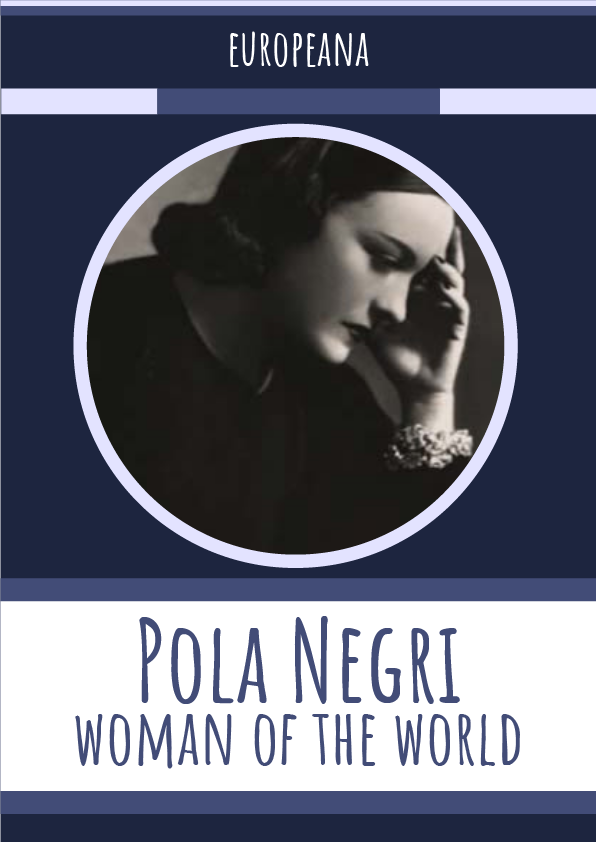The cinematic life of Poland’s first film star
In advance of the 15th annual Silent Movie Festival, Katarzyna Wajda from National Film Archive – Audiovisual Institute, introduces the cinematic life of Poland’s first film star: Pola Negri.
Meet the extraordinary Pola Negri: Poland’s first film star and the only Pole to make her American dream come true in Hollywood, a true European equally at home in Warsaw, Berlin and Paris, a femme fatale on the screen but a hard-working woman in real life, a fashion trendsetter and the author of her own legend, an actress who earned a permanent place in the annals of world cinema, and an (e)migrant whose own story reflects the turbulent history of the 20th century.
A Polish star in the German sky Pola Negri was a film legend with a film-worthy story: born Apolonia Barbara Chałupiec, her life is a 20th-century retelling of Cinderella. It is a tale of extraordinary social ascent: from a poor riverside neighbourhood in Warsaw to Hollywood, by way of Berlin, from a humble attic room to a mansion in suburban Paris. Hers is a story of triumph through sheer talent, hard work and determination. She overcame social and linguistic barriers: the daughter of a washerwoman and tinsmith, she mastered five languages and briefly became a Polish countess and Georgian princess (though only briefly – both marriages failed), and her celebrity status eclipsed her lowly origins.
Her tale is also one of movie stardom, easier to achieve in a globalised era of silent film, but impressive nonetheless. While many actresses of the time boasted large eyes and dark eyelids, and heavily emphasised their facial expressions, the aesthetic came to be personified by Pola Negri. Negri’s story is also one of unfulfilled dreams. Unable to pursue a career in ballet due to an illness, Pola enrolled in acting school.
Her successful performance in the pantomime Sumurun launched the sixteen-year-old into the nascent world of film. Aleksander Hertz, the owner of Sfinks, Poland’s largest movie studio, turned Pola into the country’s first film star. After debuting in Slave to Her Senses (Niewolnica zmysłów, 1914), the beautiful actress accepted a number of roles as a femme fatale who ruins the lives of the men who fall for her. With her distinctive eyes and sensual dance style, Negri was already developing a visual trademark. Leaving Warsaw behind, in 1917 the “Polish Asta Nielsen” heads to Berlin, making movies for Saturn-Film.
She later strikes these pictures from her official filmography, highlighting instead her theatrical work with Max Reinhardt and cinema productions for her Pygmalion, Ernst Lubitsch. Hertz may have discovered Pola Negri and launched her career, but it was the German director who turned her into a true actress. Together, Negri and Lubitsch made five films, including Carmen (1918), in which her beauty, talent for dancing, and catlike charm help solidify her image as an exotic femme fatale, and finally, Madame Dubarry (1919), in which Pola plays a suggestively erotic role, taking Europe and America by storm and helping to end German’s post-war isolation. For both of them, the movie is a ticket to Hollywood.











